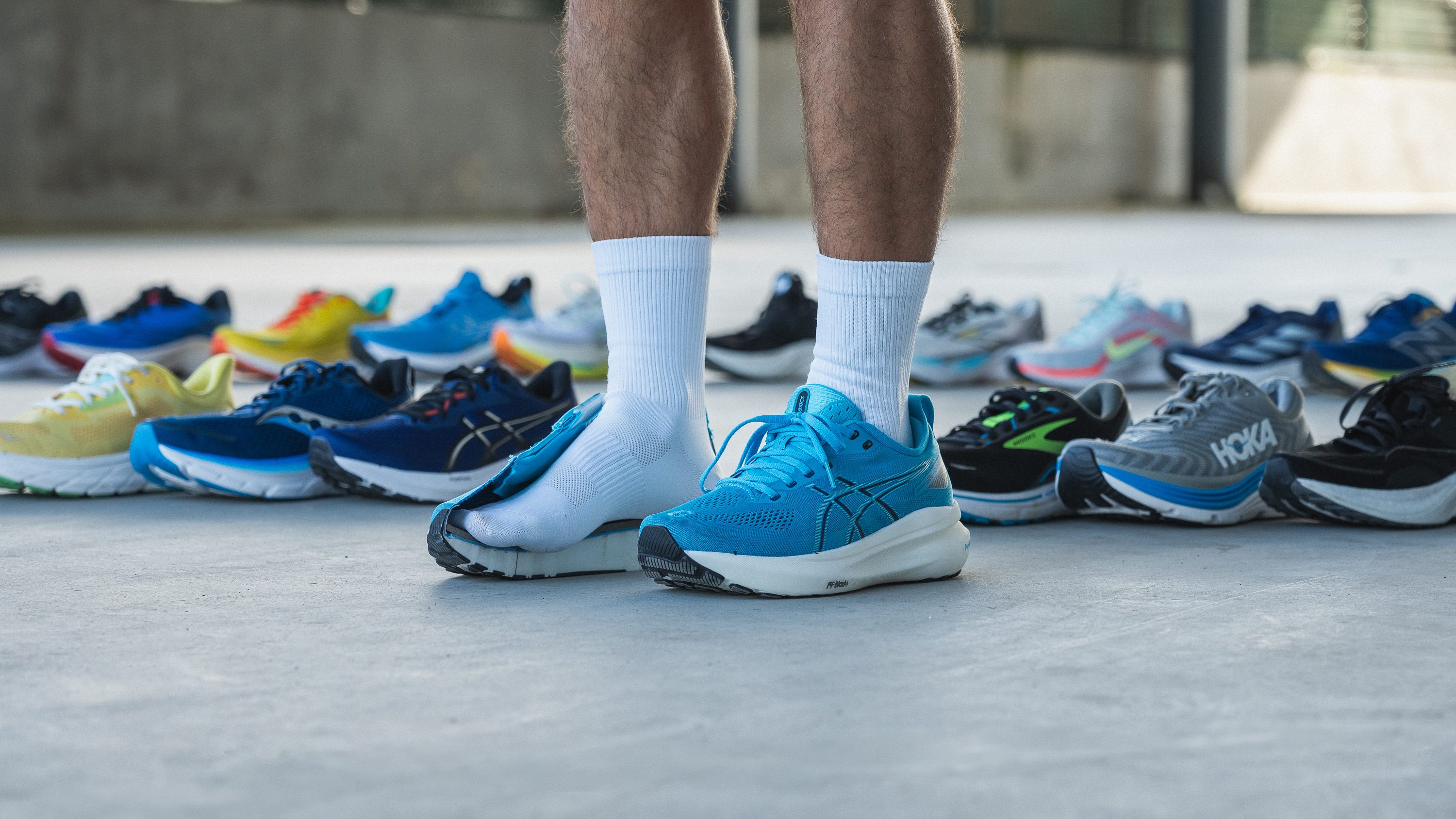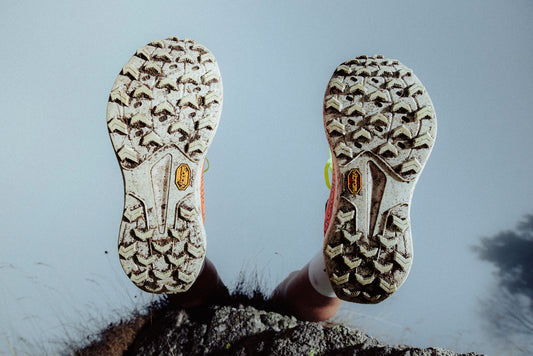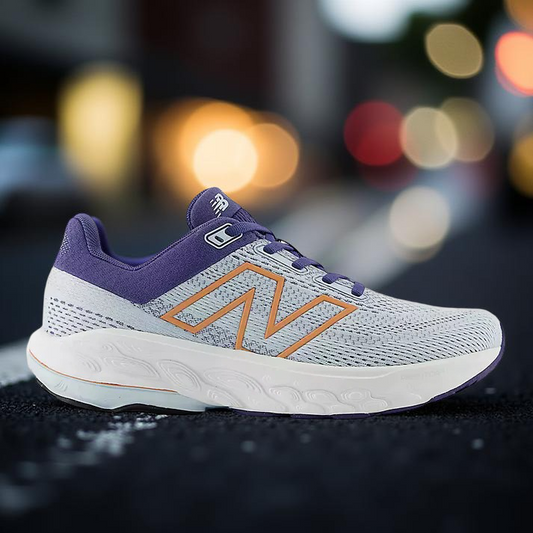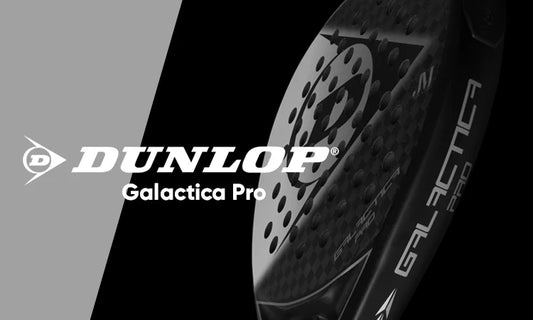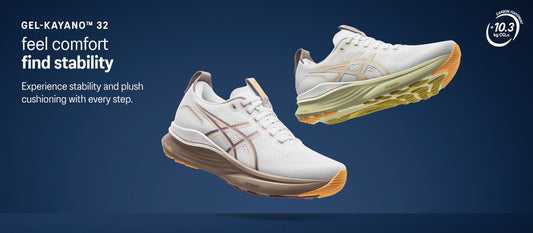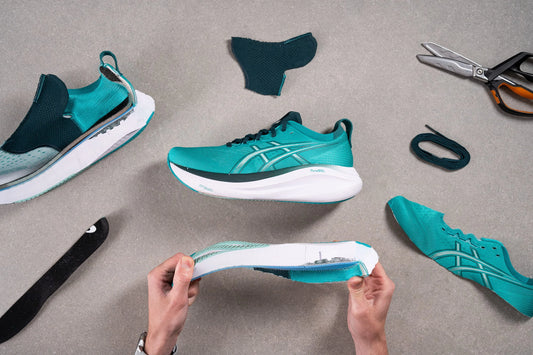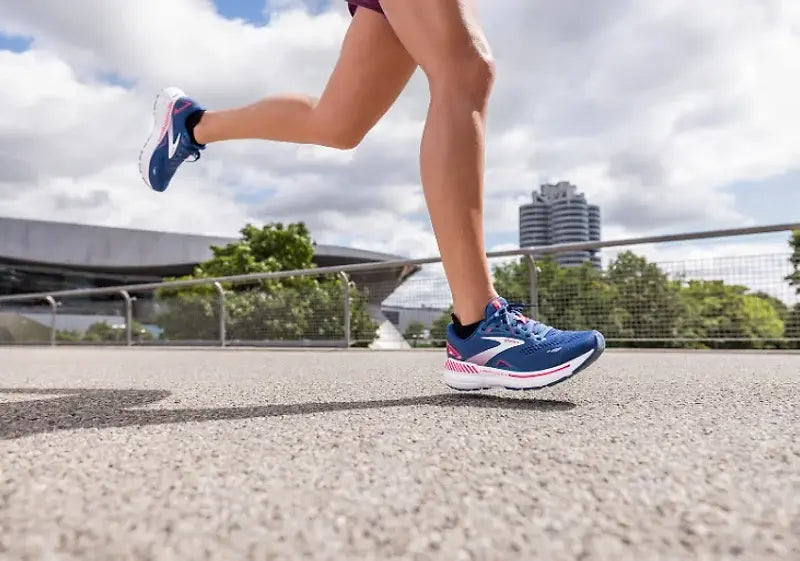
Neutral vs. Stability Running Shoes
Neutral running shoes
-
Key features:
- These are built for runners who have a natural gait/foot strike (i.e., their feet don’t excessively roll inward or outward) — often called a “neutral” pronation.
- They provide cushioning and shock-absorption but minimal additional support or motion control features.
- Because they don’t have extra stabilising structures, they tend to be lighter and more flexible.
-
Product examples:
- ASICS Novablast 5: A highly-cushioned and versatile neutral shoe known for its bouncy ride.
- Brooks Ghost 17: A cushioned, neutral option from Brooks, available in multiple widths.
Stability running shoes
These are engineered to assist runners who overpronate, which is when the foot rolls too far inward after landing.
-
Key features
- These are designed for runners whose feet over-pronate (i.e., roll inward significantly) during running, or whose gait might benefit from added guidance/support.
-
They include features like a medial post (denser foam on the inside of the midsole), guide rails, or reinforced structures to limit excessive inward roll and encourage a more neutral alignment.
-
They may be heavier or less flexible than neutral shoes because of the added support.
-
Product examples:
- Brooks Adrenaline GTS 24: A well-regarded stability shoe featuring Brooks' GuideRails technology to keep your stride aligned.
- ASICS Gel Kayano 32: Offers exceptional cushioning with a 4D Guidance System for adaptive support.
🎯 Key differences at a glance
| Feature | Neutral shoe | Stability shoe |
|---|---|---|
| Intended user | Neutral pronation, maybe under-pronation | Over-pronation / needs support |
| Flexibility | More flexible, lighter | Less flexible, heavier support structure |
| Support / motion control | Minimal support beyond cushioning | Extra internal support/structure (medial post, rails) |
| Arch / midfoot behaviour | Allows natural foot mechanics | Helps control arch collapse/inward roll |
| Feel / ride | Feels more “free” / natural | Feels firmer, more guided |
Tags:
